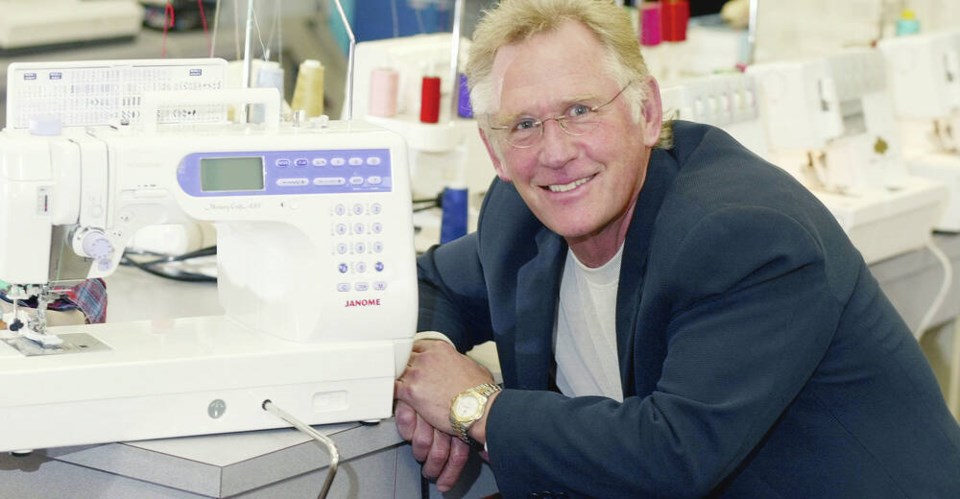MIT researchers have harnessed integrated optical phased array (OPA) technology to develop a type of integrated optical tweezers, akin to a miniature, chip-based “tractor beam”—like the one that captures the Millennium Falcon in the film —that the scientists say could in the future be used to help biologists and clinicians study DNA, classify cells, and investigate the mechanisms of disease. Small enough to fit in the palm of a hand the device uses a beam of light emitted by a silicon-photonics chip to manipulate particles millimeters away from the chip surface. The light can penetrate the glass coverslips that protect samples used in biological experiments, enabling cells to remain in a sterile environment.
In a paper in the researchers, headed by corresponding author Jelena Notaros, PhD, the Robert J. Shillman Career Development Professor in Electrical Engineering and Computer Science (EECS), and a member of the Research Laboratory of Electronics, described their demonstration, for the first time, of optical trapping and tweezing of polystyrene beads, and mouse lymphoblast cells. In their paper, titled “ ,” the team concluded, “This work introduces a new modality for integrated optical tweezers, significantly expanding their utility and compatibility with existing applications, especially for biological experiments.
” The technology, they noted, has “...
promising applications ranging from DNA and protein experiments to cell manipulation and sorting.” Opt.


















